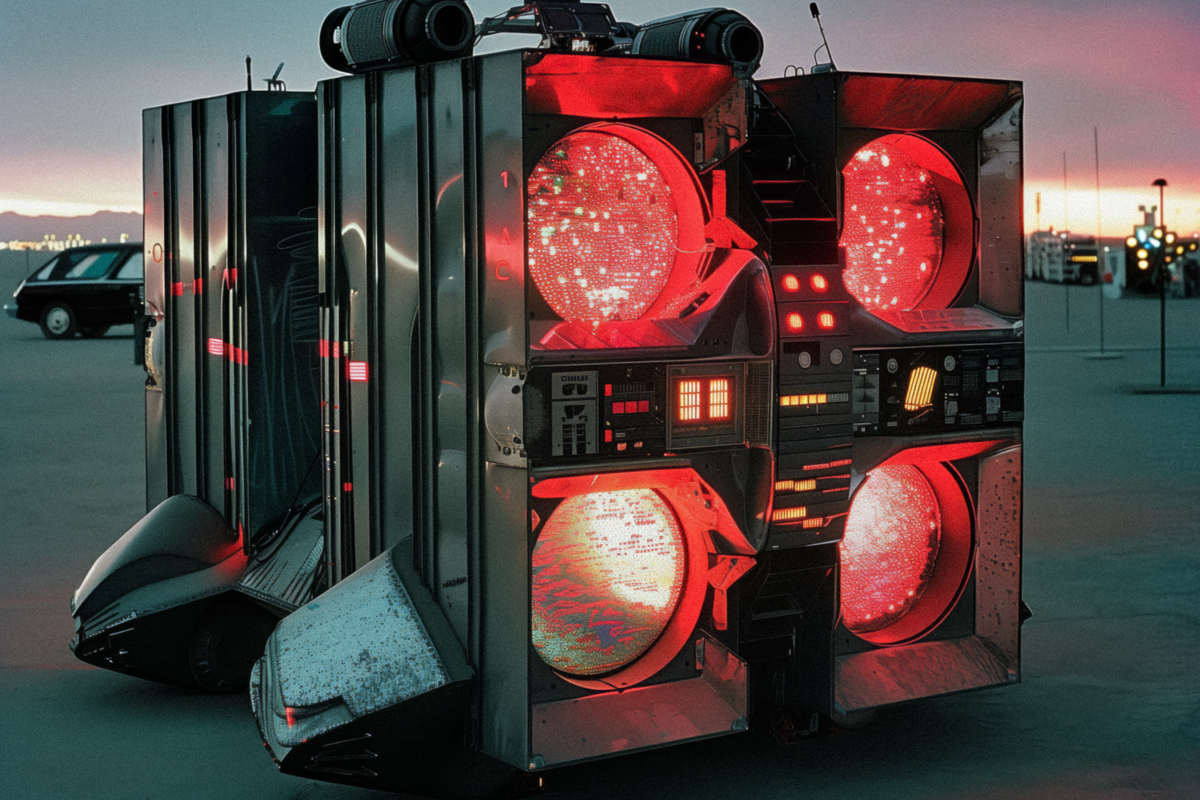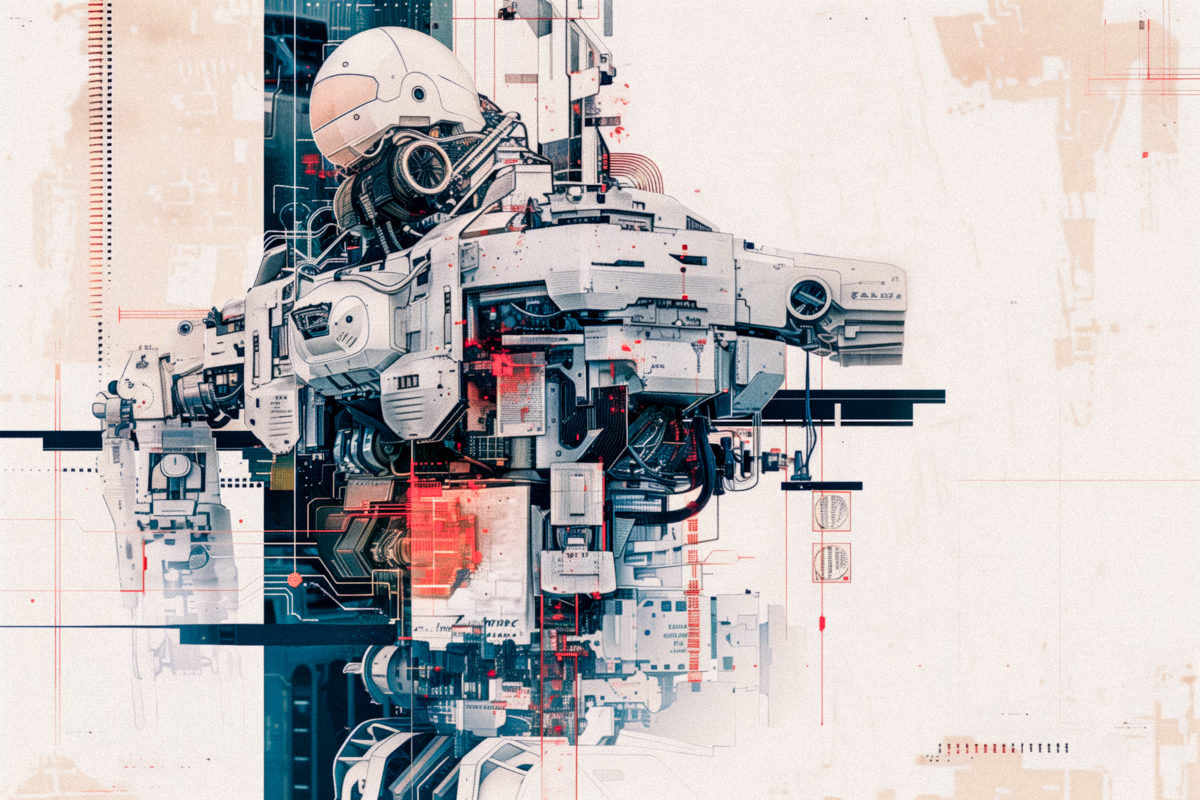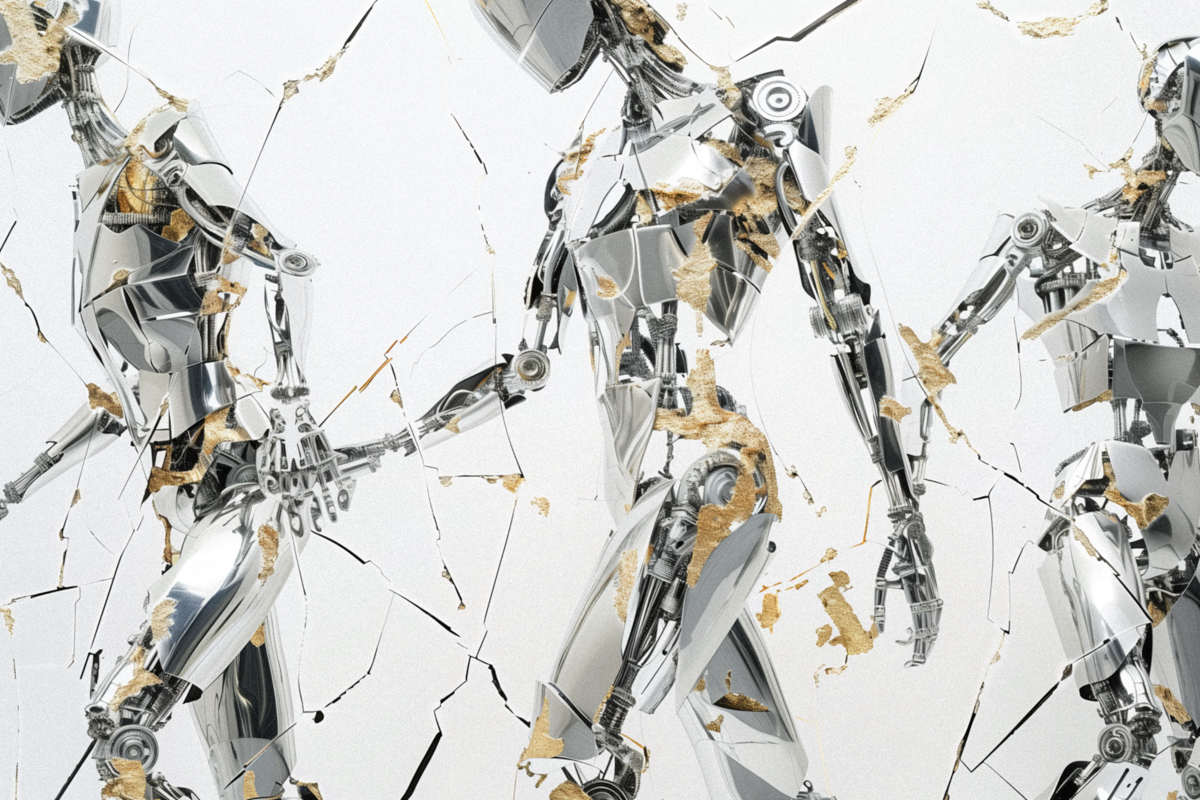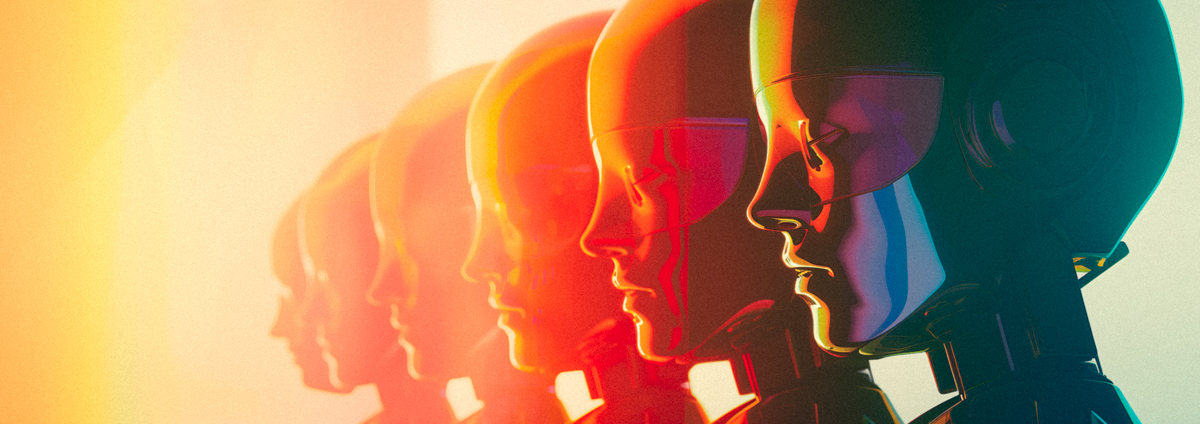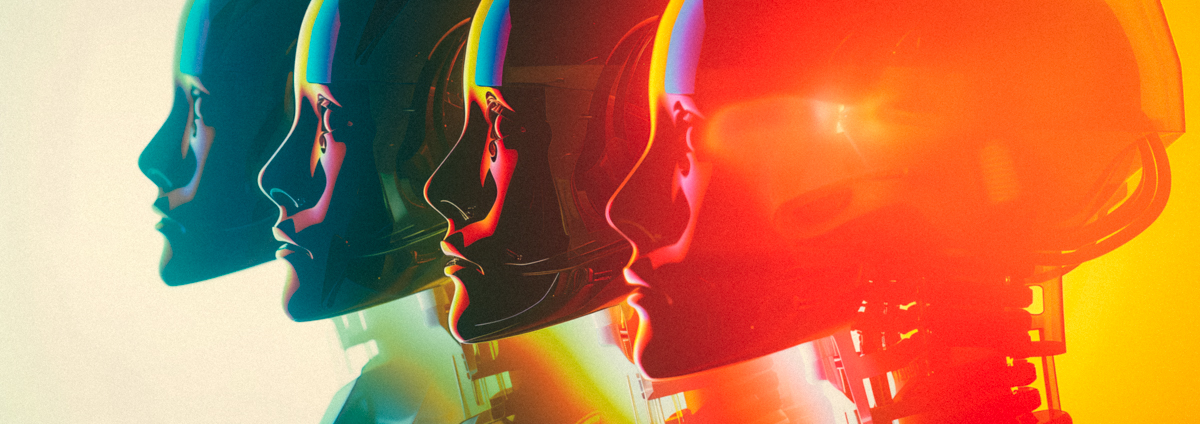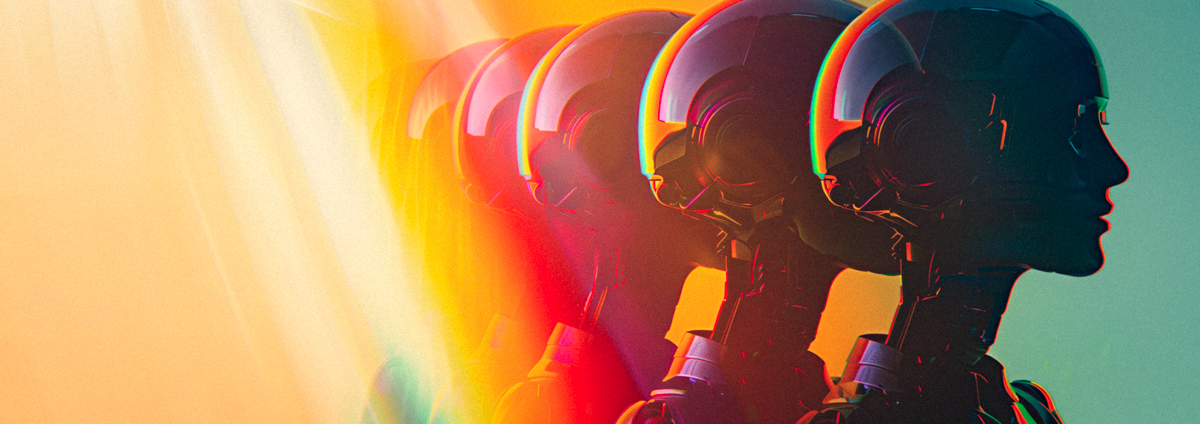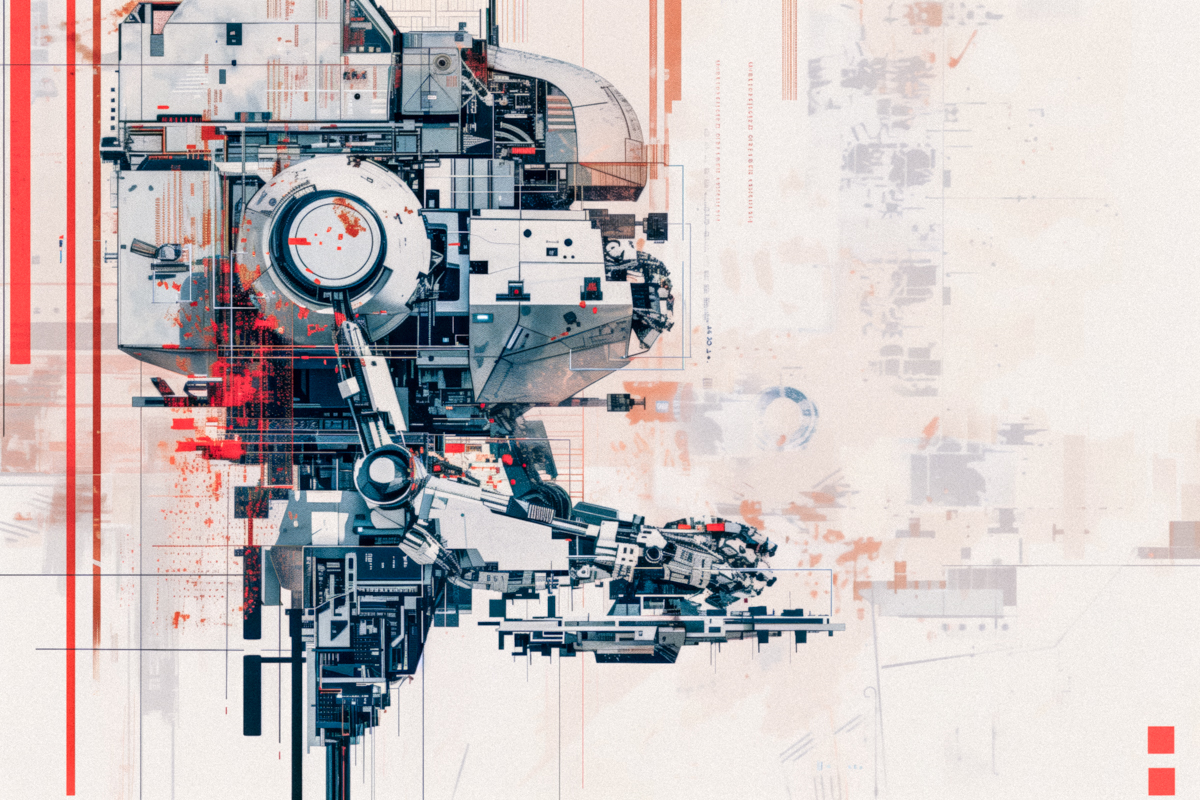
A weary humanoid robot slouches forward, pushing through the grind despite its mechanical fatigue. This striking blend of photography and AI-generated art captures the intersection of automation and human struggle, evoking the exhaustion of an endless work cycle. With a sleek black exterior and a posture weighed down by repetition, the robot symbolizes resilience in a future where even machines must persist. Created by Duncan Rawlinson, this image explores the evolving relationship between labor and technology.
Duncan.co/robot-back-on-the-grind


